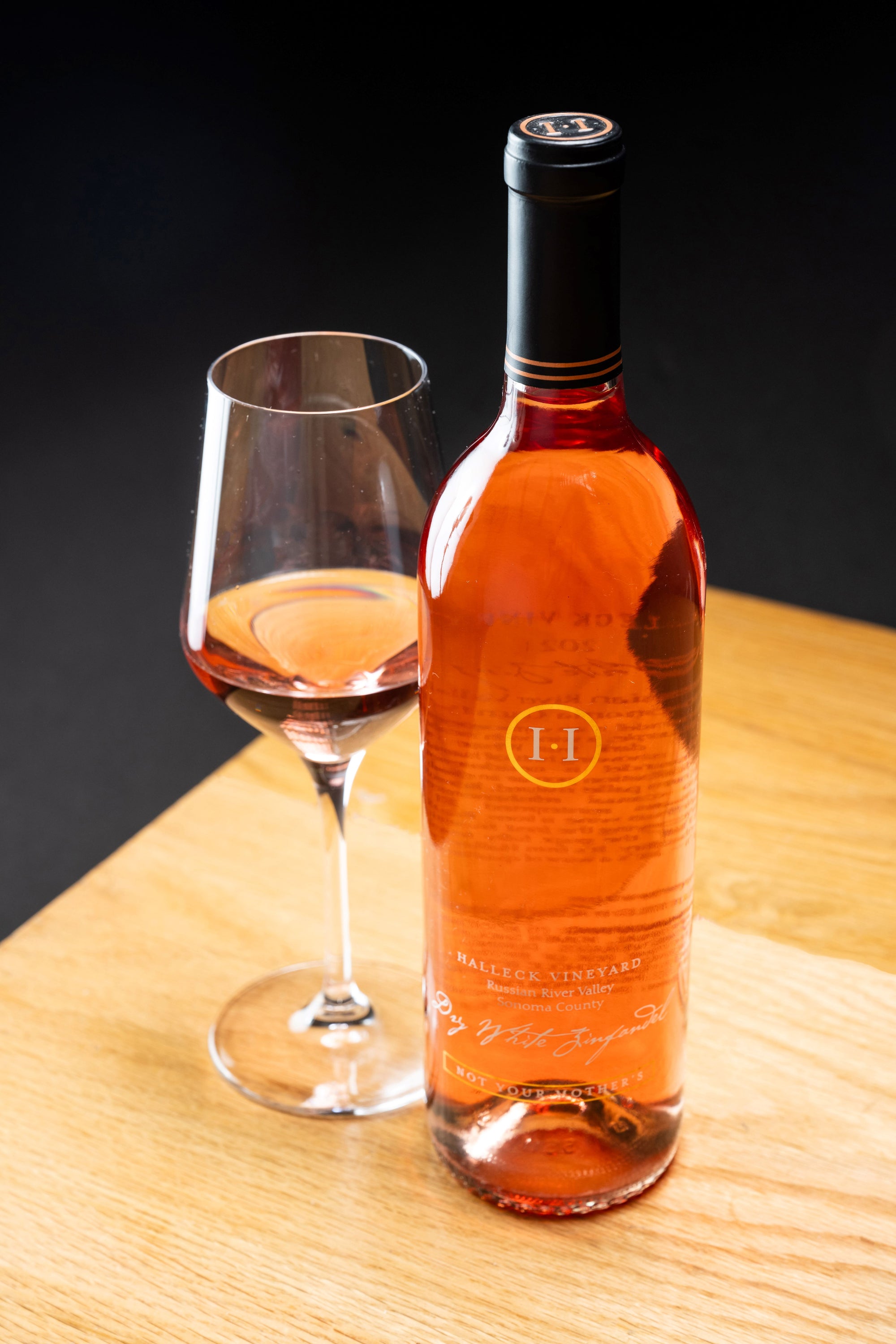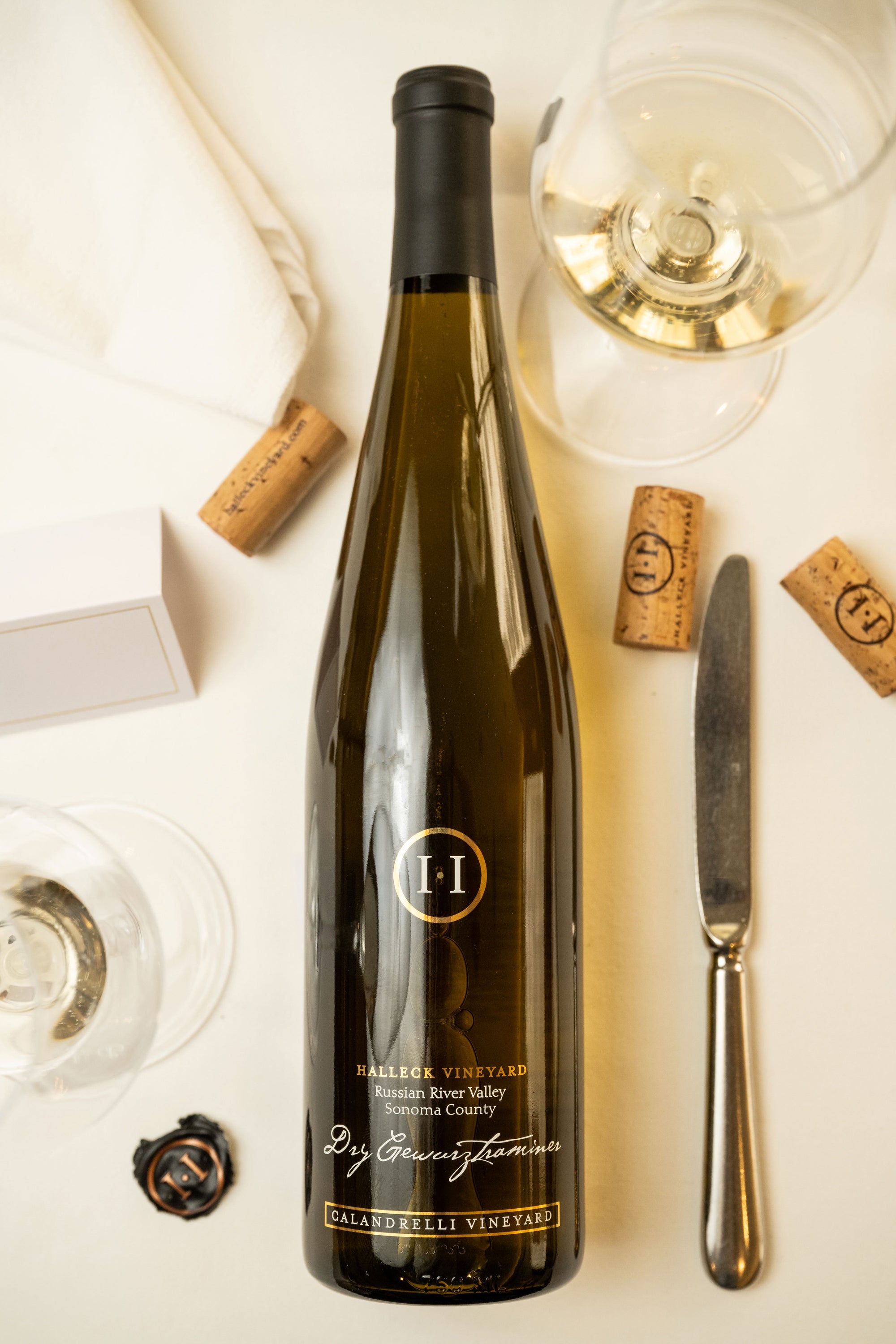Historical Wineries To Visit In Sonoma - A Guide To Sonoma Wineries
Historical Wineries To Visit In Sonoma - A Guide To Sonoma Wineries
Blog Article
Romantic Winery Destinations In Sebastopol - Best Winery In Sonoma For Quality Wine
Wine tasting is an art that mixes sensory experience with an appreciation for the nuances of different varietals. How to evaluate flavors in winery wine tasting periods is pivotal to greedy the complexities of wine.
Participating in a wine tasting involves more than merely sipping and savoring. It requires a centered strategy to establish aromas and flavors that each wine presents. As you start, observe the wine's appearance, noting its shade and readability. These visible cues typically recommend a wine’s age, grape variety, and even potential flavor profiles.
The next step within the tasting course of is to swirl the wine in your glass. This motion releases aromatic compounds which are vital for evaluation. Lean in and take a moment to inhale deeply; the aromas can range from floral and fruity to spicy and earthy. The nose of the wine is simply as necessary as the palate, and recognizing scents plays a significant function in understanding the general experience.
When taking your first sip, allow the wine to maneuver throughout your palate - Wineries That Offer Food Trucks On Weekends. Notice the preliminary flavors that current themselves. Is the wine fruity, floral, or maybe herbaceous? This initial taste offers perception into what the wine is more probably to express as you continue to evaluate it. The mouthfeel additionally contributes to the general flavor experience; it might be silky, tannic, or even effervescent.
Family-Friendly Wineries Near Sebastopol - Vines And Views In Sonoma Wine Country
As you continue tasting, take note of the wine’s balance. A well-balanced wine will harmonize acidity, sweetness, and tannins. If one component overwhelms the others, it would indicate a less desirable quality. Evaluating balance may help you determine how properly the wine may pair with food.
Transitioning to the end, think about how the flavors evolve as the wine lingers on your palate. A long, nice end can indicate a high-quality wine, while a brief or abrupt end may suggest in any other case. Replicate on whether or not the flavors remain consistent or if new notes emerge because the wine settles. This development can reveal complexities and intricacies which may not have been apparent within the initial tasting.
Temperature is also an important factor in evaluating wine flavors. Different forms of wine are optimally enjoyed at specific temperatures. White wines often shine when chilled, whereas pink wines typically carry out finest at room temperature. When tasting, ensure the wine is at the appropriate temperature to totally recognize its character.
Wineries Promoting Sustainable Farming - Greatest Wine Tasting Locations In Sonoma
Pairing food with wine can greatly improve the tasting experience. Meals can influence the perception of flavors in wine, either highlighting sure characteristics or diminishing them. When evaluating flavors, contemplate how the wine interacts with completely different meals, noticing which flavors are amplified or muted (Wineries Offering Virtual Wine Tastings).
Contemplate the influence of terroir as you engage in a winery tasting. Terroir encompasses the distinctive environmental factors that have an result on grape growing, together with soil composition, climate, and geography. Understanding a wine's terroir can present insight into its flavors and aromas, fostering a deeper appreciation for the choices made throughout its cultivation and manufacturing.
Schooling performs a fundamental function in enhancing one's ability to gauge wine flavors. Learning about grape varieties, wine regions, and manufacturing read more methods can pave the way in which for more knowledgeable judgments during tastings. Moreover, attending workshops or classes can refine sensory skills and expand your flavor vocabulary, enabling you to articulate tasting notes extra successfully.

Lastly, it's important to do not neglect that evaluating wine flavors is a extremely personal experience. Particular Person preferences and perceptions will invariably form one’s tasting journey. Enjoyment must be on the forefront, with the analysis course of performing as a software to boost understanding and appreciation somewhat than create inflexible guidelines.
Wineries Specializing In Sparkling Wines - Sebastopol Winery Experience
In conclusion, mastering tips on how to consider flavors in winery wine tasting sessions includes a combination of sensory engagement, data, and practice. By studying to establish aromas, assess the balance, and respect the intricacies of flavor, wine enthusiasts can deepen their connection to every bottle they encounter. As with any art form, the extra one immerses themselves within the experience, the extra they will discover and enjoy the vast world of wine.
- Begin by observing the wine's colour and readability, as these visible components can hint at its flavor profile and aging potential.
- Swirl the wine gently in your glass; this releases aromatic compounds, allowing you to raised determine the complicated scents related to the wine.
- Take a deep inhale earlier than tasting, specializing in each major and secondary aromas to assemble insights on fruits, spices, and different nuances.
- When tasting, enable the wine to coat your palate; note the preliminary flavors, the mid-palate complexity, and the end as these levels can present completely different flavor highlights.
- Pay consideration to texture and mouthfeel, as features corresponding to tannin ranges, acidity, and sweetness contribute considerably to the general tasting experience.
- Examine flavors towards normal wine characteristics; for red wines, consider berry notes, oak affect, and natural tones, whereas whites might embrace citrus, stone fruits, and floral hints.
- Take notes through the tasting session to track your impressions, helping you to remember and consider the completely different wines sampled.
- Focus On your findings with fellow tasters or winery workers, as sharing insights can enhance understanding and appreciation of individual flavors.
- Permit time for the wine to breathe; sometimes, flavors evolve and reveal new dimensions after being uncovered to air.
- Experiment with food pairings in the course of the tasting as they will dramatically alter how flavors are perceived, influencing general enjoyment.undefinedWhat should I search for when evaluating the aroma of wine throughout a tasting?
Start by swirling the wine in your glass to release its aromas. Deliver the glass to your nostril and take a deep breath. Pay attention to the primary scents you detect, as these are sometimes probably the most prominent. Look for fruit, floral, natural, or earthy notes and attempt to identify specific traits, which will deepen your understanding of the wine's complexity.
Wineries Focusing On Single Vineyard Wines - Best Wine Tasting Spots In Sonoma County

How can I distinguish between different flavor profiles in wine?
Understand that flavor profiles are often categorized as fruit, floral, herbaceous, spicy, or mineral. Take small sips and allow the wine to coat your palate. Notice the primary flavors that emerge first and the refined notes that comply with. This layering is essential in distinguishing the wine's characteristics and will allow you to respect its unique profile.
Unique Wine Blending Experiences In Sonoma - Wineries With Outdoor Tastings In Sebastopol
What is the use this link importance of the wine's texture in a tasting?

The texture of the wine, also known as mouthfeel, performs a crucial function in how we perceive flavors. Pay consideration to whether the wine feels clean, creamy, or gritty. The body of the wine (light, medium, or full) can enhance or distinction with flavors, providing a extra rounded experience throughout tasting.
How do I assess the balance of flavors in wine?
Steadiness in wine refers back to the concord between acidity, sweetness, tannin, and alcohol. Take a second to assess whether or not these components complement or interfere with each other. A well-balanced wine could have none of its components overpowering the others, creating a pleasing tasting experience.
Good Wineries For Large Groups In Sonoma Valley - Best Vineyard Visits In Sonoma
What position does temperature play in evaluating wine flavors?
Temperature can significantly impression the perception of flavors. Typically, red wines are finest served slightly beneath room temperature, while white wines get pleasure from being chilled. As the temperature modifications, the aromas and flavors can shift, permitting you to perceive different traits. It’s essential to style wine at its optimal temperature for true analysis.
Celebrated Winemakers To Discover In Sonoma - Wineries In The Sebastopol Region
How can I enhance my tasting skills over time?
Practice is key to enhancing your tasting skills. Breathtaking Views From Sonoma Wineries. Attend tastings, hold a journal of your experiences, and explore various sorts of wines to broaden your palate. Moreover, learning about wine production and grape varieties can present context that enhances your evaluation process, making you a extra informed taster.
Is there a selected order during which I should style the wines?
Wineries That Host Harvest Festivals - Wineries Near Sebastopol For Tasting
Yes, it’s advisable to style wines from light to full-bodied and dry to candy. This development prevents the stronger flavors from overshadowing the extra delicate ones, permitting you to completely recognize every wine's characteristics and nuances without palate fatigue.
How can I evaluate the aftertaste of wine?
Wineries Specializing In Sparkling Wines - Sonoma Wine Tasting Tour
The aftertaste, or finish, is a crucial aspect of the wine-tasting experience. After swallowing, take note of how long the flavors linger on your palate and whether they change. A long, pleasant end is commonly an indicator of a high-quality wine, whereas a brief or disagreeable end might recommend otherwise.
Why is it important to note the wine’s acidity throughout tasting?
Acidity contributes to the general freshness and construction of the wine. Pay attention to the tingling sensation on your tongue; higher acidity can improve the wine's liveliness and steadiness out sweetness. Noting acidity helps decide the wine's versatility with food and its getting older potential.
What ought to I do if I wrestle to identify specific flavors in wine?
Wine Tasting Events In Sonoma County - Sonoma Wine Tastings
Struggling to determine flavors is widespread, particularly for newbies. Focus on broader classes and describe what you can acknowledge, corresponding to candy or earthy notes. With practice, studying about totally different flavor profiles, and maybe utilizing flavor wheels, you will refine your senses and develop a more nuanced approach to tasting. Report this page